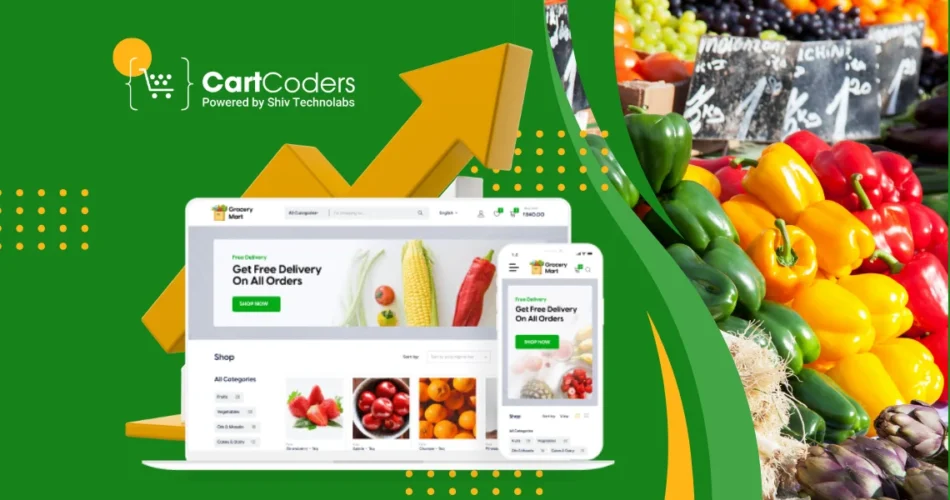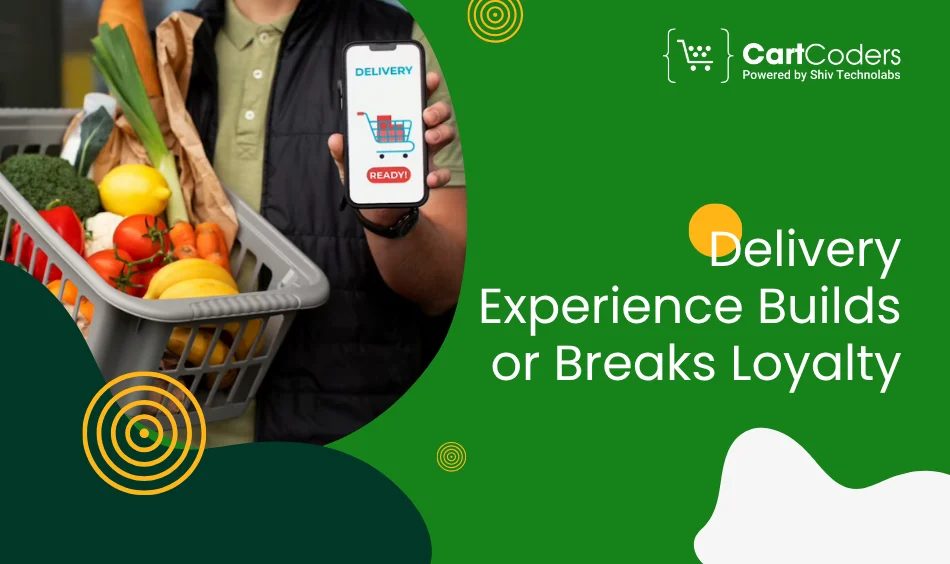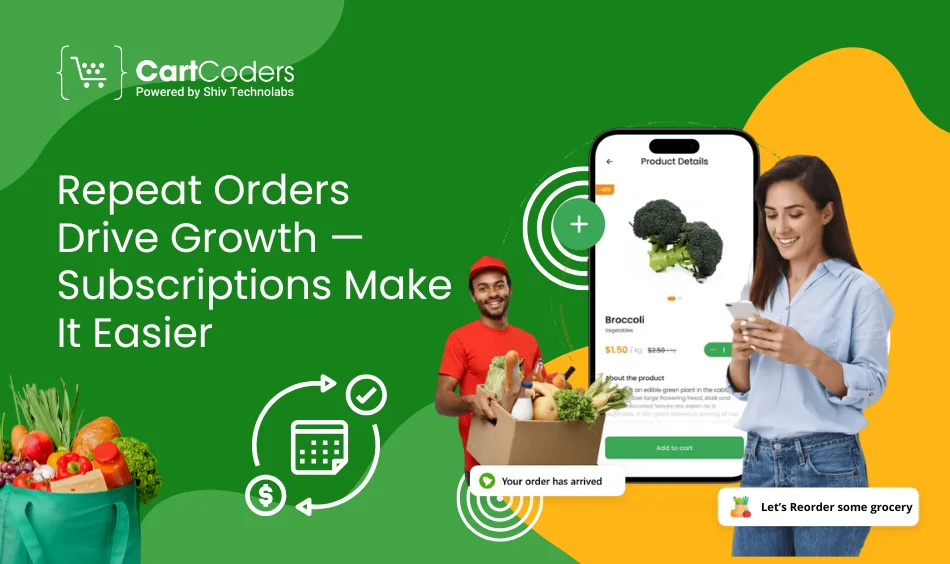Custom Engagement Solutions
Unlock tailored solutions with a free, no-obligation strategy session.
Expert Developers & Engineers on Demand
Scale Your Team with Skilled IT Professionals
Expert Guidance for Digital Transformation

Grocery shopping has moved online, but expectations haven’t dropped. Shoppers still want the same-day delivery, familiar payment options, and fresh products, without delays or confusion.
Selling groceries on Shopify sounds easy. Upload products, set prices, and wait for orders. But here’s the real picture: Buyers don’t have the patience to search through messy categories. They won’t complete checkout if payment feels risky. And they definitely won’t return if delivery fails once.
Shopify grocery stores that succeed are doing more than just “listing products.” They’re building systems around trust, speed, and habit.
This guide breaks down the best strategies to help your Shopify store stand out in the grocery space. From delivery models and payment tweaks to reorder flows and expiry tracking, we’ve covered what drives conversions.
Why It Matters:
Your buyer isn’t in your store to explore. They already know they need eggs, onions, rice, or milk. If those aren’t easy to find, they’ll bounce.
What You Should Fix:
Example:
Instead of sending traffic to your homepage, link ads to filtered collections like “Next-Day Delivery in California” or “Weekly Fruit Box under $50”.
Tip: Use apps like Smart Search & Instant Search or Shopify’s built-in filtering system to guide buyers from entry to checkout in under 2 minutes.

Why It Matters:
You can have the best prices and a smooth checkout, but if the tomatoes arrive crushed or the delivery is late, that buyer’s gone.
What You Should Fix:
Example:
Many Dubai-based grocery stores use Quiqup or Aramex for local delivery with same-day slots and tracking links. Shopify apps like Zapiet and Shipday make this possible even for small teams.
Tip: Avoid national couriers for fresh produce. Work with local delivery partners who understand temperature-sensitive and perishable handling. If you’re not sure how to set up recurring checkouts or fast delivery apps, our Shopify experts can help.
Why It Matters:
Your customer has 15–20 low-ticket items in the cart. They’re not going to wait through a 5-step checkout. If there’s no Cash on Delivery or local wallet option, they’ll skip the order entirely.
What You Should Fix:
Tip: Use “Reorder this basket” buttons or saved carts for logged-in users — it’s faster than building a new cart each time.

Why It Matters:
One-time buyers won’t build your business. But a family that orders every Sunday or a bachelor who gets his weekly breakfast kit every Friday? That’s long-term growth.
What You Should Add:
Example:
Apps like Seal Subscriptions and Recharge let you set up repeat delivery options with pause, skip, or reschedule features—ideal for grocery customers who shop weekly.
Tip: Keep the subscription flow simple. Let buyers choose quantity, delivery day, and payment method—then keep them updated at every step.
Why It Matters:
Imagine a buyer orders bread, vegetables, and yogurt, but gets only the bread. One bad experience, and they’ll never order again.
What You Should Fix:
Tip: Add “Only 4 left” or “Fresh stock arriving tomorrow” labels. They encourage faster decisions and set the right buyer expectations.
Why It Matters:
Groceries have lower margins, so every ad rupee must lead to repeat orders. Getting one-time clicks won’t help if the buyer never comes back.
What You Should Focus On:
Example:
Instead of running generic “Buy Groceries Online” ads, promote specific use cases:
Tip: Use Dynamic Retargeting Ads on Meta to show buyers the exact products they viewed but didn’t purchase.
Why It Matters:
You can’t smell or touch online groceries. So buyers rely on what they see, read, and receive. If your store lacks clear info or your packaging looks careless, trust breaks immediately.
What You Should Add:
Example:
A Dubai-based seller saw 25% more conversions on dry fruit SKUs after switching to transparent pouches with printed expiry dates and showing them in product photos.
Tip: Don’t use generic product descriptions. Add details like “Packed fresh every morning”. It builds authenticity.
Selling groceries online isn’t just about having a product catalog. You need a store that supports:
At CartCoders, we build Shopify grocery stores that solve real problems — from low cart value to delayed orders. Whether you’re starting fresh or upgrading an existing store, our Shopify experts can help you build a setup that works day one.
Grocery eCommerce runs on repeat habits, not impulse buys. If your store helps customers reorder fast, pay easily, and receive fresh items on time, they’ll come back week after week.
Shopify gives you the tools, but strategy makes the difference.
From search filters and delivery apps to trust-building product info and smart reordering, every part of your store must work together. The good news? You don’t need a massive team or endless custom code. Just the right setup, guided by how real buyers shop.
📦 Let’s build your grocery store the right way — Contact us today
Projects delivered in 15+ industries.
95% retention rate, building lasting partnerships.
Serving clients across 25+ countries.
60+ pros | 10+ years of experience.